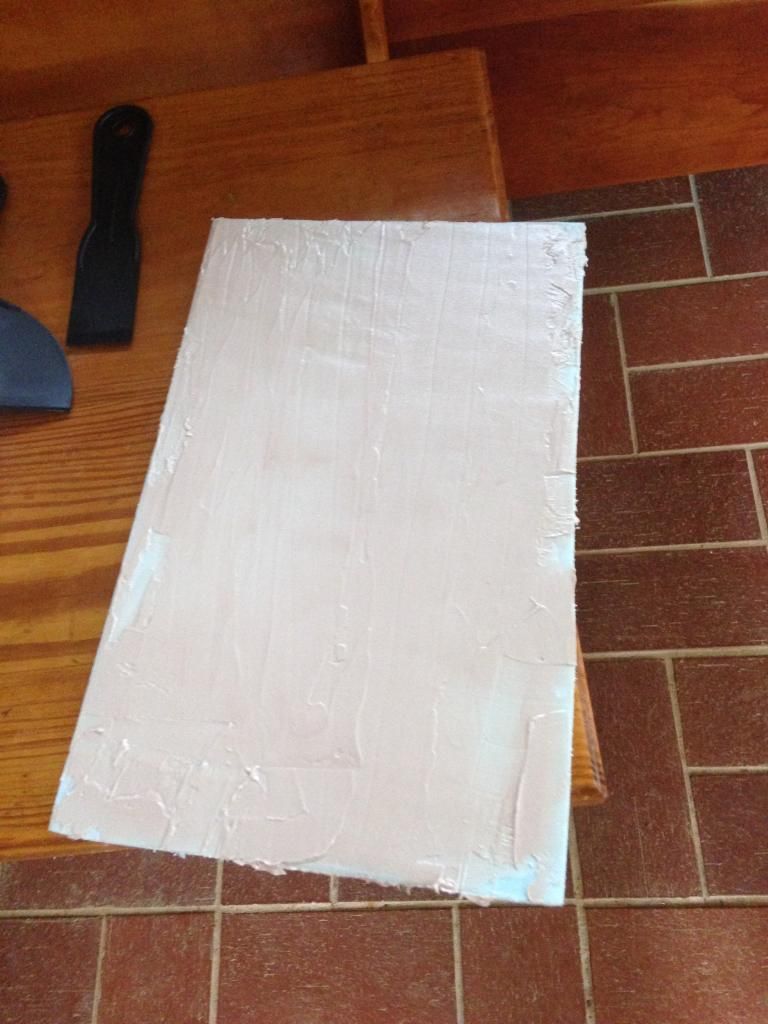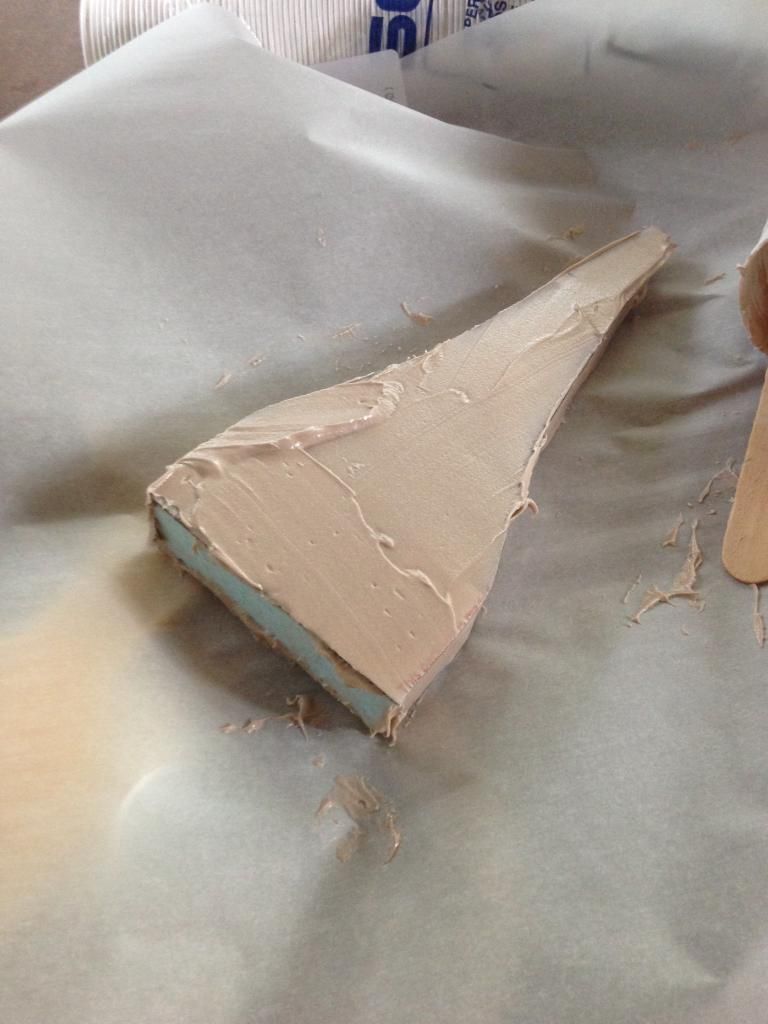This is my first personal composite project. I’m wanting to make a NACA duct via resin infusion. Rather than buy a cheap NACA duct and splashing a mold off of it, I’m wanting to make the mold from scratch for the experience.
I planned on using blue styrofoam and body filler to make the plug, but when I cut the styrofoam I couldn’t get a smooth or symmetrical shape. To fix this, I cut the top view outline of the naca duct from cardboard, and used the filler to bond two of the outlines on the top and bottom of the foam piece. I am currently waiting on the filler to finish curing from this last step.
Next I will fill between the cardboard templates with the filler, like how one skins a teaspoon when measuring for cooking. This will help keep the edges perpendicular. After I get the naca shape close, I plan on bonding it to a flat form and final sanding. Because I am making a male plug, the form I splash from it will be the negative of what the end product will be, I will have to make a mold from that mold. I know that is a bit wasteful, but I found it easier to make the initial plug in the male than in the female, and since I want to make multiple parts from this, I would rather end up with a fiberglass mold.
I know I’m doing so much wrong, but at least I’m learning.
-Ben




